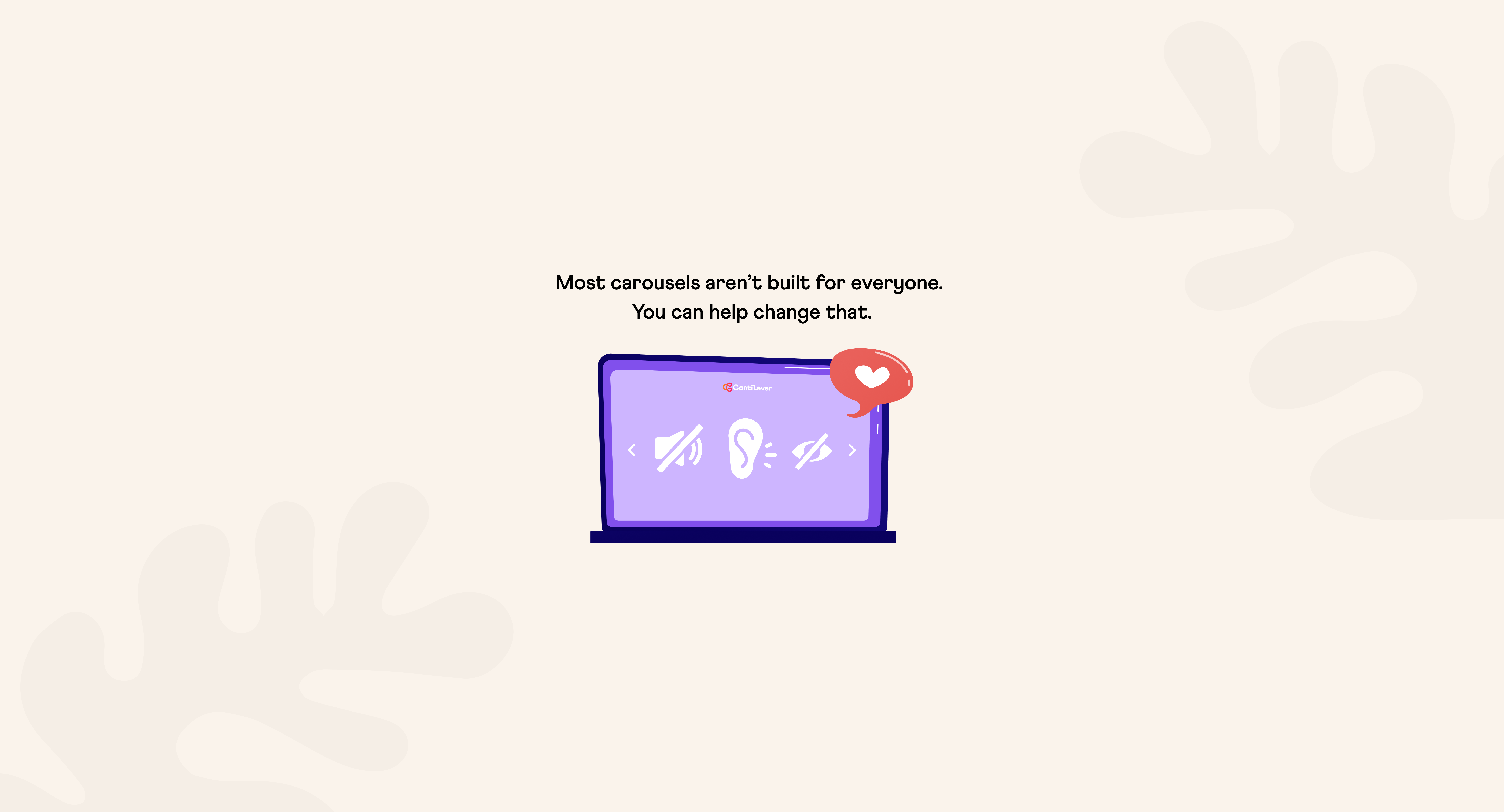What We Do Before We Start Designing
At Cantilever, when we kick off a project creating large new site, the first thing we do has nothing to do with pixels. Before we design a single page, we ask questions. We call this process Discovery.


At Cantilever, when we kick off a project creating large new site, the first thing we do has nothing to do with pixels. Before we design a single page, we ask questions. We call this process Discovery.
We ask about the obvious things: how the current site is doing, who the audience is, and what content the client has available. But then we go further. For the Bipartisan Policy Center, a think tank, we asked about the difference between bipartisanship and centrism. For IEH, a manufacturer of electrical parts used in aerospace, we explored the physics behind why their flagship “hyperboloid connector” can withstand multiple g-forces. We ask any question we can think of about the client’s business, market, and world.
Sometimes our clients ask:
“Is this… helpful?”
They wonder if the questions we are asking are too far afield to be relevant. But when it comes to design, everything is relevant.
Design cannot be judged in a vacuum. What makes a design successful or unsuccessful is the degree to which it informs, enables, and inspires users. Can an ugly website be successful? Sure — users of Craigslist and Drudge Report certainly think so. When we are designing a new site, we cannot simply dive in with preconceptions about what “good design” means in this context, and expect to be successful. We need to know two things:
- What is going wrong for the client that is inspiring them to need a new/updated website?
- How can we solve those problems through design?
If we don’t know the answers to these questions, the site won’t live up to its potential. We dig for answers by diving deep on any information we can get our hands on about the client and their market. We talk to their customers and learn how the proverbial sausage is made. We once designed the website for a dentist, and insisted on sitting in the chair like a patient would.
Every detail matters. No matter how fantastic or beautiful a site may be, it won’t succeed if it doesn’t present the client’s brand well. Creating a website involves thousands of decisions, many of which are too technical and intricate for the client to provide direct feedback on. In Discovery, we learn everything we can about them and their business so that when it comes time to make one of those choices, we know what they would do if equipped with the domain knowledge we possess. We try to “grok” their brand so that the project is imbued with its qualities.
When we are done with Discovery, our clients often tell us that they have an entirely new and expanded awareness of the qualities of their brand than they had prior. They are now able to see aspects and elements of their brand that they were blind to or took for granted before. The process of creating a new site with us unintentionally provides them with an expanded self-awareness of what their brand looks like and does.
If you are investing significant amounts into any design process, make sure the people doing the design know and understand your brand first. It’s much easier to establish this understanding at the beginning than to correct false assumptions later. The upfront time spent may feel inefficient, but it represents just a fraction of the overall cost and has a huge impact on the direction a project will go. You should leave the Discovery period feeling confident that the company working to represent you understands you and that the rest of your investment in design is a good one.
Make your website work for you
Get top dev and accessibility tips delivered directly to your inbox for a more impactful online presence.


.png)



